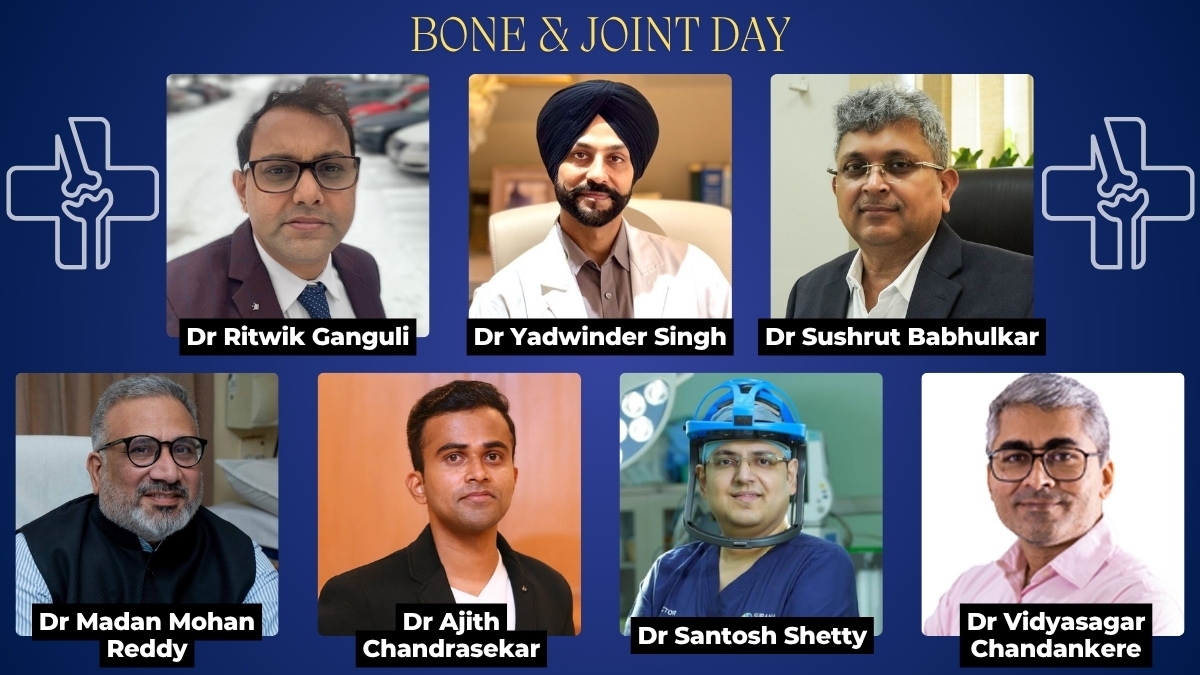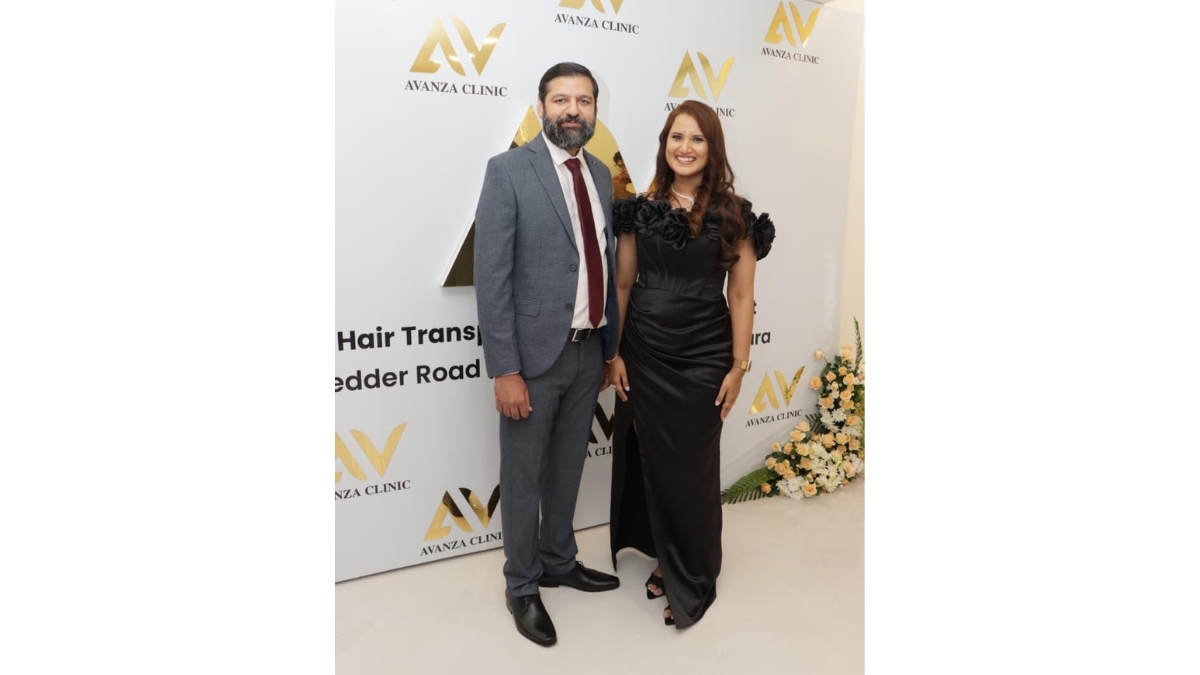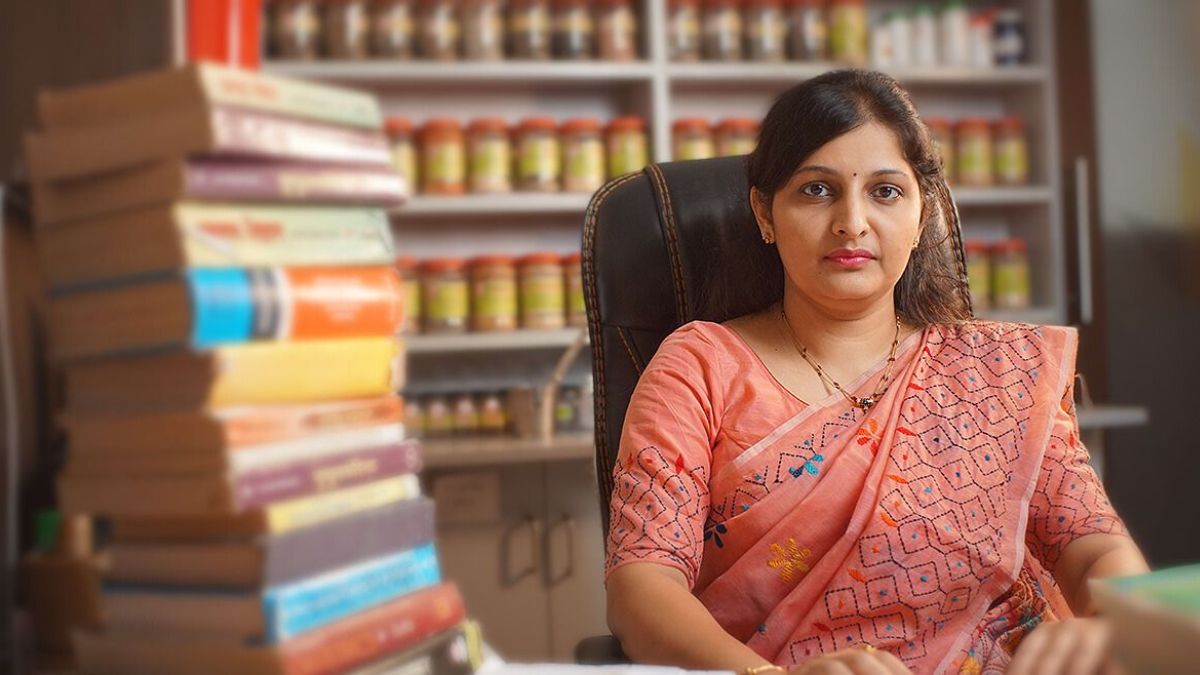Bone & Joint Day 2025: Expert Advice on Prevention, Early Care & Mobility Health

New Delhi [India], August 4: Bone & Joint Day 2025 serves as a timely reminder of the growing importance of musculoskeletal health in today’s fast-paced world. As joint pain, stiffness, and mobility challenges increasingly affect individuals across all age groups, the focus has shifted towards prevention, early care, and long-term mobility solutions. From sedentary lifestyles to sports injuries and age-related degeneration, bone and joint issues are becoming more common—but they are also more manageable with the right knowledge and timely intervention. In this special article, leading orthopedic experts offer practical advice and share the latest advancements in orthopedic care, highlighting how early attention and preventive strategies can help people stay active, independent, and pain-free throughout life.
Dr. Sushrut Babhulkar, MS (Orth), MCH (Orth) (UK), Sushrut Institute of Medical Sciences, Nagpur
Maintaining strong bones is essential for an active and healthy life, especially as we age. Bone health is influenced significantly by lifestyle choices, including diet, physical activity, and regular medical consultation. Calcium is the key building block of bones. Adults need approximately 1000–1200 mg daily, sourced from dairy products, leafy greens, or supplements. However, calcium alone isn’t enough — vitamin D is crucial for calcium absorption. Sunlight is a natural source of vitamin D, and even 15–20 minutes of exposure daily can be beneficial. Fatty fish, egg yolks, and fortified foods also help maintain adequate levels.
A sedentary lifestyle can accelerate bone loss. Regular weight-bearing exercises such as walking, jogging, and resistance training stimulate bone formation. Avoiding smoking and excessive alcohol is equally important, as these habits weaken bones.
Newer medications like Romosozumab, a bone-forming monoclonal antibody, offer advanced options for patients with severe osteoporosis, especially those at high risk of fractures. These therapies can rapidly improve bone density and reduce fracture rates.
Orthopedic surgeons and all healthcare providers must stay updated on evolving treatment strategies. Continuing medical education and awareness of newer therapies are vital to offer patients the most effective, evidence-based care. Investing in bone health begins with knowledge — both for patients and doctors. Finally, remember… “Beauty is bone deep.”
Dr. Ritwik Ganguli, Professor of Orthopaedics, KPC Medical College & Consultant Orthopedic Surgeon, Kolkata
On this Bone & Joint Day 2025, Dr. Ritwik Ganguli emphasizes the growing importance of early intervention and precision care in maintaining joint health and mobility. A renowned orthopedic surgeon with specialization in arthroscopy, sports medicine, joint reconstruction, and minimally invasive knee and hip replacement, Dr. Ganguli believes that restoring mobility starts with accurate diagnosis, timely treatment, and patient-centric rehabilitation.
With advanced training from Japan in arthroscopy and sports surgery, he routinely treats ACL/PCL injuries, meniscal and rotator cuff tears, and complex joint trauma. His commitment to rapid recovery protocols and evidence-based treatment ensures better long-term outcomes for patients.
Dr. Ganguli also highlights the role of preventive strategies such as muscle strengthening, maintaining healthy vitamin D levels, and lifestyle modification. “Mobility is not just movement — it’s freedom, independence, and quality of life,” he shares, reinforcing the need for awareness, early care, and expert guidance.
Dr. Madan Mohan Reddy, Sr. Consultant Orthopedic Surgeon Robotic Knee Replacement Surgeon at Apollo Hospitals, Chennai
On the occasion of Bone & Joint Day 2025, it is important to emphasize the growing need for awareness around bone and joint health. As our lifestyles become increasingly sedentary, we are seeing a rise in early-onset joint problems, spine disorders, and mobility issues across all age groups. Prevention begins with consistent physical activity, a nutritious diet rich in calcium and vitamin D, maintaining a healthy weight, and avoiding injuries through safe movement practices. Early diagnosis and timely medical attention can prevent minor issues from becoming chronic or disabling.
In today’s era, advanced technologies like robotic-assisted knee and hip replacement, minimally invasive arthroscopy, and precise spine surgery have revolutionized orthopedic care—offering patients faster recovery, minimal pain, and enhanced mobility outcomes. However, the key remains early intervention and a proactive approach to health.
As an orthopedic surgeon, my goal is not just to treat but to educate and empower people to protect their mobility and independence. Healthy bones and joints are the foundation of an active and fulfilling life. Let us use this day to prioritize movement, strength, and self-care—for ourselves and our communities.
Dr Santosh Shetty, Director Department of Joint Replacement in Surana Group of Hospitals, Mumbai
Joint pain is no longer just an age-related issue, it’s a lifestyle concern. On this Bone & Joint Day 2025, let’s bring attention to early care, prevention, and movement-focused living.
According to Dr. Santosh Shetty, Robotic Joint Replacement Surgeon and Bone Preservation Advocate, “The key to lifelong mobility is early recognition and timely intervention. Many patients delay seeking help until the damage is severe. But with today’s advances in imaging, joint preservation techniques, and minimally invasive procedures, we can often delay or even avoid major surgery.”
Simple actions like staying active, strengthening muscles, maintaining a healthy weight, and listening to your body go a long way in protecting your joints.
This year, let’s change the narrative. Instead of waiting for joints to wear out, let’s learn how to preserve them, strengthen them, and keep moving pain-free and confident.
Dr. Yadwinder Singh Grewal, MS, DNB, D.Ortho, FIJR, Diploma in Football & Sports Medicine (FIFA)
Joints are the silent pillars of mobility, often overlooked until discomfort sets in. Dr. Yadwinder Singh Grewal, a leading orthopedic surgeon at Bombay Bone & Joint Clinic, emphasizes that joint health must be a lifelong priority—not just a response to pain. Prevention starts with smart, consistent movement. Low-impact activities like walking, swimming, or yoga help keep joints flexible and lubricated. Strengthening muscles around the joints—particularly the thighs, glutes, shoulders, and back—adds stability and reduces long-term wear and tear.
Dr. Grewal also highlights the crucial role of maintaining a healthy weight, noting that even a small reduction can significantly decrease joint stress. Early signs like stiffness, swelling, or instability shouldn’t be ignored, as early care can prevent serious issues. Balanced nutrition rich in calcium, vitamin D, omega-3s, and antioxidants supports long-term joint function. Lastly, he reminds us that recovery, rest, and posture awareness are essential to protect our joints and preserve mobility across all stages of life.
Dr. Ajith Chandrasekar (P.T.), Senior Spine Specialist, QI Spine Clinic, Bangalore
Dr. Ajith Chandrasekar highlights a rising concern—spinal and joint issues are no longer limited to older adults. Increasingly, individuals in their 20s to 40s, especially those in IT and desk-bound jobs, are presenting with slipped discs, neck pain, and early arthritis due to prolonged sitting, poor posture, and ignored warning signs.
He shares three key principles: First, your walk reveals your risk—subtle changes in gait often signal stress before pain begins, and gait analysis can detect it early. Second, movement heals—early, guided motion within 48 hours of injury promotes better recovery. Third, consistency matters more than intensity—short, daily mobility drills (microloading) are more protective than sporadic intense workouts.
He also stresses the bone-brain connection: reduced mobility and low Vitamin D levels are linked to cognitive decline and poor balance after 50. “Taking care of your joints means investing in your independence—for today and decades to come,” he says.
Dr. Vidyasagar Chandankere, MBBS, MS Orthopaedics, Fellowship in Paediatric Orthopaedics – Pediatric Orthopedic Surgeon, Hyderabad
On Bone & Joint Day 2025, Dr. Vidyasagar Chandankere highlights that strong joint health begins in childhood—laying the foundation for mobility, independence, and quality of life as adults. With over 14 years of experience in paediatric orthopaedics at Apollo Hospitals Jubilee Hills, Sunshine Hospitals, Udai Omni, and Rainbow Children’s Hospital, he specializes in treating conditions such as clubfoot, developmental hip disorders, cerebral palsy, rickets, and limb deformities.
Dr. Chandankere advocates early detection, timely intervention, and family-centered care. His approach blends advanced surgical techniques with non-invasive therapies and parental involvement to ensure healthy development and prevent future joint degeneration.
With changing times, lifestyle disorders have become more common in children. We have observed delayed speech, tight heel cords, and being overweight as some of the most common issues. Prolonged exposure to and addiction to mobile phones, along with reduced outdoor spaces for play and physical activity, are additional causes for concern.
He also engages in medical education, rural orthopedic camps, and research—including award-winning presentations like a Gold Medal at TOSACON 2023.
“Investing in healthy joints early means safeguarding mobility—and quality of life—for decades to come,” Dr. Chandankere affirms.
If you have any objection to this press release content, kindly contact pr.error.rectification@gmail.com to notify us. We will respond and rectify the situation in the next 24 hours.







